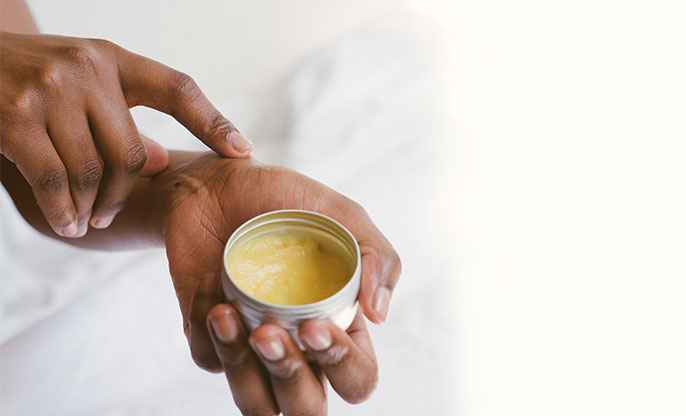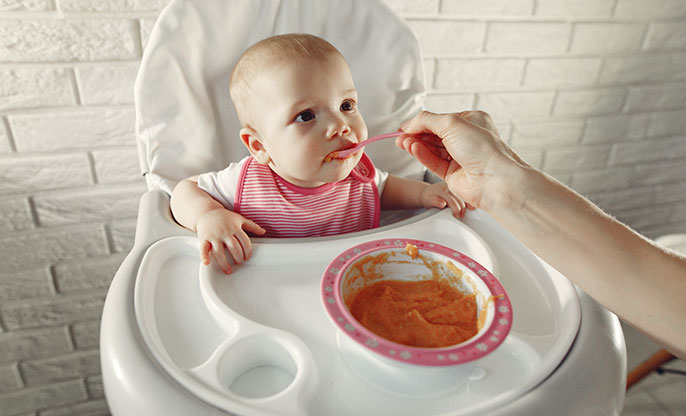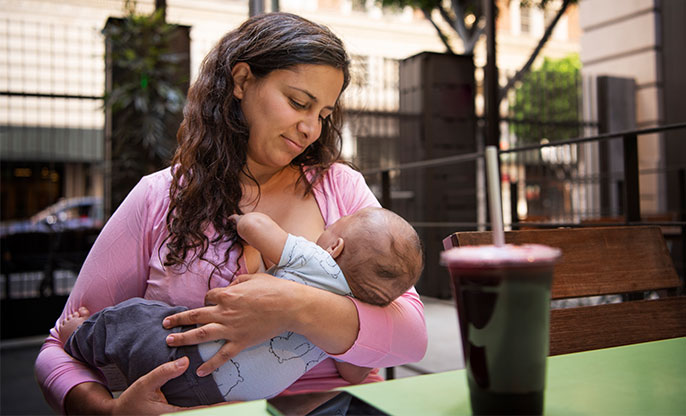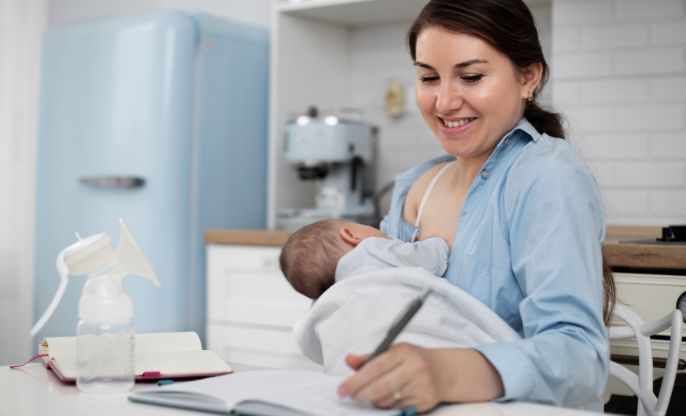
HOW TO DEAL WITH ENGORGEMENT?
Between day 3 and day 5 postpartum, your body makes milk in great abundance and your breasts could become larger, swollen and hard to touch. This is a normal issue and it is easy to resolve, if you have the correct information! Let’s see;
Feed your baby frequently. This way, your body will get a good assessment of the amount of milk your baby needs. And probably, within 48 to 72 hours your body and your baby’s needs, both will be in-sync.
Your breasts will only supply the amount of milk needed to nourish your baby. You may get advice to express milk between feedings - however the more milk you express, the more milk your breasts will make. This is counterintuitive and should be avoided.
Use a cold compress for relief instead of a hot compress. Using heat will make the blood vessels bringing prolactin (the hormone that creates breast milk) to your breasts dilate, more prolactin will be delivered to your breasts and milk production will increase. If after feeding your breasts still feel full - the cold compress will constrict those blood vessels and the delivery of prolactin to your breasts will naturally decrease, reducing your overall milk production.
However, if you do find hard lumps in your breasts, use the hot compress over it, gently massage the lump with your fingers towards the nipple. This will facilitate the flow of milk to the nipple. Encourage the milk to start flowing and then feed your baby. Those lumps of excess breast milk will be softened naturally.
If your baby is unable to latch on, hold your breast in a C-shape or U-shape slightly behind the areola and manually express some milk to make the breast tissue a little softer and then get your baby to the breast. It is okay to switch breasts while feeding up to day 5, so that you can bring the baby to the breast which is more engorged and then switch when you feel some relief. But, do not switch breasts after day 5.














